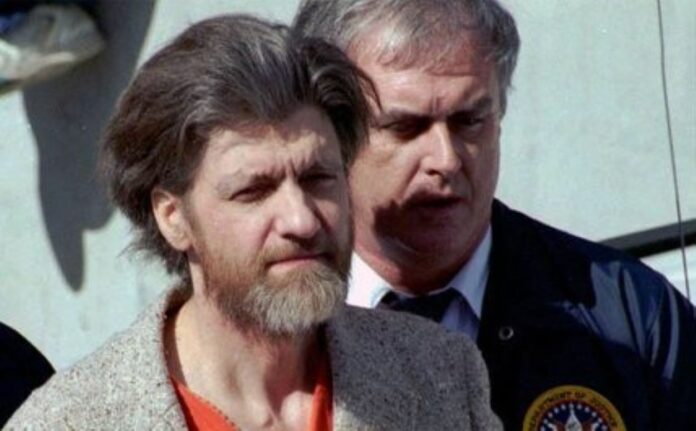Ted Kaczynski, widely known as the “Unabomber,” has died at 81, leaving behind a legacy of violence, terror, and intrigue that has puzzled law enforcement agencies and gripped public attention for decades. This former mathematics professor, often characterized as a “twisted genius,” terrorized the United States for 17 years with bombings that claimed three lives, injured many more, and presented a seemingly unsolvable mystery to the Federal Bureau of Investigation (FBI).
Kaczynski was discovered unresponsive at the Federal Medical Center Butner, North Carolina, a facility catering to prisoners with special health needs. He was later pronounced dead at a nearby hospital.
A Childhood Marked by Brilliance and Isolation
Born in Chicago on May 22, 1942, Kaczynski displayed exceptional intellectual capacities from an early age. He was admitted to Harvard University on a scholarship at 15 after an accelerated high school education. Friends from his youth recall his solitary demeanor and eerie interest in explosives, which he seemed capable of constructing from basic household items.
The Path to Infamy
The precise catalyst for Kaczynski’s descent into violence remains debated. Some posit that a psychologically dangerous experiment at Harvard, which subjected him and other student volunteers to severe emotional stress, may have contributed to his violent tendencies. Others hypothesize that a prolonged period of isolation caused by a severe hive infection during his childhood may have played a role.
Kaczynski continued his academic pursuits, earning a doctorate in mathematics from the University of Michigan in 1967. He served briefly as an assistant professor of mathematics at the University of California, Berkeley. He then abandoned academia in 1971, moving to a secluded cabin in rural Montana.
Reign of Terror
From his Montana cabin, devoid of modern conveniences, Kaczynski initiated his infamous bombing campaign. His victims spanned various occupations, including a commercial airliner, from academics and scientists to computer store owners. The FBI’s struggle to identify the Unabomber was compounded by Kaczynski’s careful lack of forensic evidence and the absence of explicit demands.
Kaczynski’s criminal career ended in 1996 when he dispatched his manifesto, “Industrial Society and Its Future,” to various media outlets demanding that it be published. His brother, recognizing the distinctive writing style, contacted authorities, leading to Kaczynski’s arrest.
After pleading guilty to the bombings, Kaczynski received multiple life sentences. Despite the dark path he chose to walk, his intellect was undeniable, leading the FBI to dub him a “twisted genius” with an ambition to perfect his role as an anonymous killer. His later years were spent in ADX Florence, a maximum-security prison in Colorado, before his transfer to Federal Medical Center Butner in 2021.

